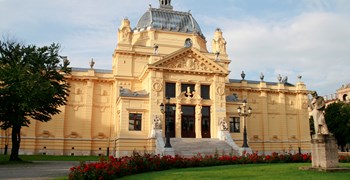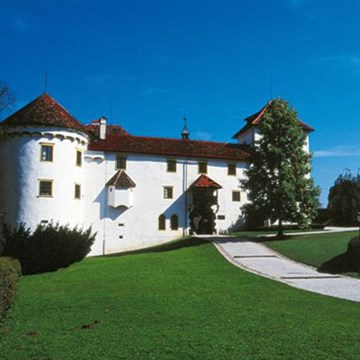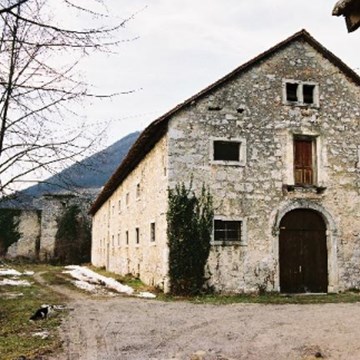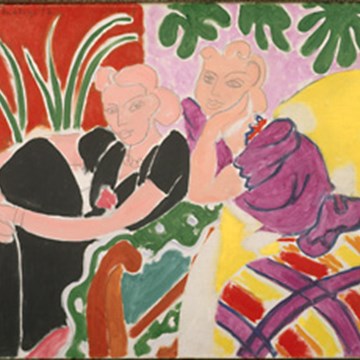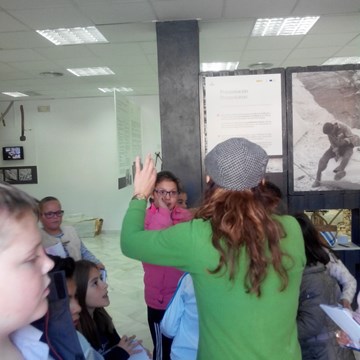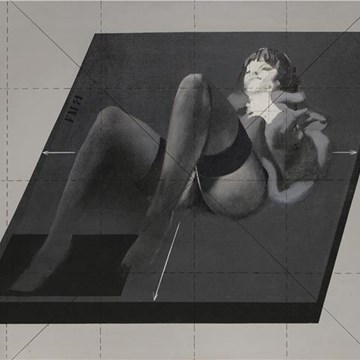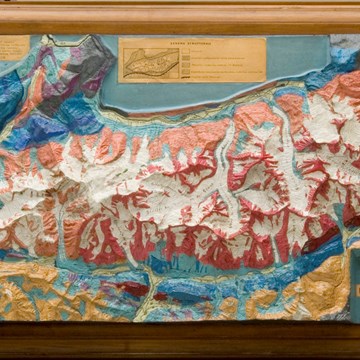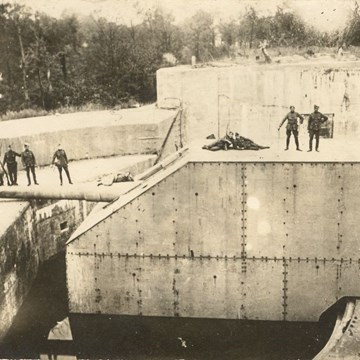The Kurjak Collection
THE KURJAK COLLECTION
FROM THE PRIVATE COLLECTIONS IN A PUBLIC INSTITUTION SERIES
- 1. 2019. - 17. 3. 2019.
The Collection of Dr Asim Kurjak
We might suppose that the collection of Dr Kurjak, in the true sense of the word, started to grow, develop and be supplemented after the year 1970 to 1971, that is, after his period of medical specialisation in England. What were concerned, by and large, were works of Croatian and Bosnia-Herzegovinian origins: of Croatian artists in Croatia and in Bosnia and Herzegovina, of Bosnian and Herzegovinian artists in Bosnia and Herzegovina, and in Croatia too, and so on, in all the possible permutations. This is not unfamiliar to experts, far less is it disturbing; these are the realities of genetics, upbringing and education. The distinction is not only according to these, but also according to the political, dividing lines, to which we might add the fact that in the whole history of modern art ever since the end of the 19th century there is no rarity in those nomadic artists who through their lifetimes convey not only their own authentic tradition but also that which belongs to other schools and spaces – practically, their own second and third level schools, traditions, wells of inspiration.
The Kurjak Collection consists today of several hundred works (in the most diverse techniques and genres), distributed among three essential sites – Zagreb, Sarajevo and Dubrovnik. It has no historical pretensions, although by the very classification of works according to the years of their origins some chronological sequence. some kind of history, even if unsought, can be established. But in the Kurjak Collection this is not of primary concern. Dr Kurjak, it can be seen, has not ordered his collection according to the standards of Modernism. We can gather that he is a collector who personally is inclined to the traditional emanations of painting, drawing and sculpture – and accordingly also to a string of neo- or retro-phenomena (like, for example, Hyperrealism) but it is also a fact that at times, from occasion to occasion, never with any set and established passion, he will observe an outburst of novelty (younger, more recent), the spark of a more liberated hand.
Sometimes, entering not so long ago into the collector’s branch, he brought into the mainstream of art some peripheral works of marginal artists concerning whom time showed us that in the backwaters really good things could be discovered. A lot of profit can be made by those who come early to the marketplace (and this is very often remarked), but there is also an advantage to those who, for this or that reason, come after the stroke of noon (and this is never written or spoken of).
The exhibition of the Kurjak Collection encompasses about 160 exhibits in various techniques and formats. There are very large, magniloquent formats in oils, and there are also minute notations, drawings, sketches or illustrations. On show will be works of many distinguished, even the most distinguished, artists, from the beginnings of Modernism to the current young leaders of today. The Zagreb exhibition will show us works of Bukovac, Medović, Čikoš-Sesija, Crnčić, Kovačević, Vidović, Auer, Rački, Krizman, Krušlin, Rojc, Račić, Becić, Mijić, Babić, Miše, Gecan, Šeferov, Varlaj, Krizmanić, Trepše, Uzelac, Krsto Hegedušić, Motika, Mujadžić, Parać, Detoni, Šimunović, Šohaj, Šebalj, Kopač, Ivan Generalić, Gliha, Dulčić, Prica, Veža, Lovrenčić, Reiser, Masle, Murtić, Rabuzin, Džamonja, Vaništa, Ivančić, Stančić, Trostman, Kavurić–Kurtović, Berber, the two Vejzovićes, Kauzlarić, Lapuh, Kuliš and many other consummate artists, in whom a great many, coming to the exhibition, will rejoice.
Summary concenring the exhibition by its author, Igor Zidić
Exhibitions and events
We don't have anything to show you here.
Activities from this museum
We don't have anything to show you here.
